MACROECONOMIC stability is impro-ving in Pakistan. Indicators such as single-digit inflation, cuts in policy rate to one of the lowest levels in recent times, improved foreign reserves, a stable rupee and confidence of investors show positive signs of economic revival in the country.
However, the government has still not been able to put the country on the right track to growth. This is so because the country’s economic model produces growth in import-driven industries. Stagnant exports cannot compete with booming imports. Hence, the first casualty of growth is the trade deficit.
To cover the trade deficit, the gover-nment is forced to use the already scarce foreign exchange reserves. The depleting reserves put stress on the rupee, and the local currency is depreciated to meet the rising demand of dollars. To meet the depleting dollar reserves, the government either borrows more money from comm-ercial or international monetary institu-tions, or seeks pledges for rollovers of dollars deposited by friendly countries. This scenario reflects a balance of payments (BoP) crisis.
Unless the government increases exp-orts, it cannot create actual growth. All previous liquidity-injected growth cycles over the last quarter of a century were mainly driven by the war on terror, China-Pakistan Economic Corridor (CPEC) inve-stments, and Covid funding. Any attempt to imitate such an endeavour is bound to take us to a point where even debt would not be able to prevent us from default.
Shoaib Azam Ranjha
Lahore
Published in Dawn, January 30th, 2025






















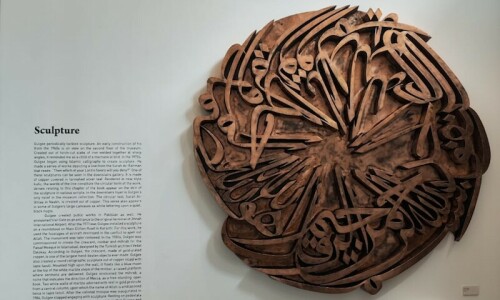















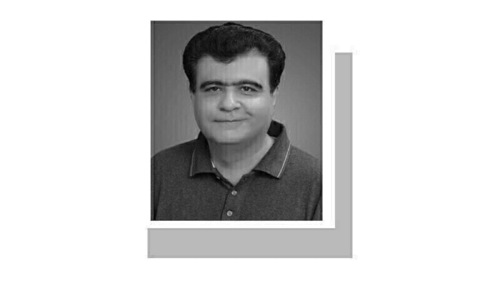

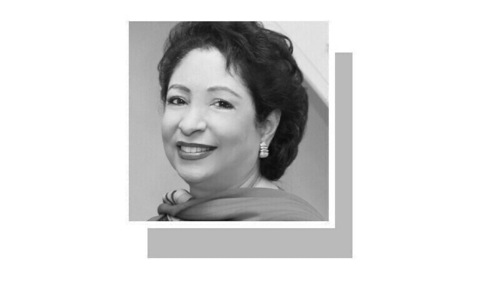
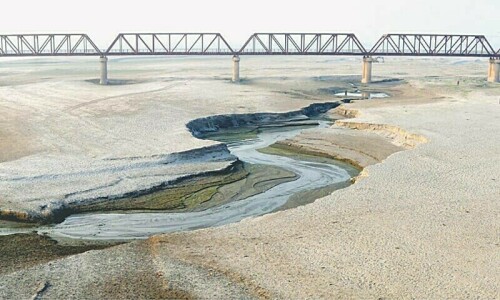
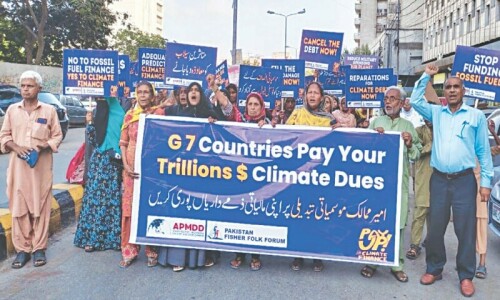
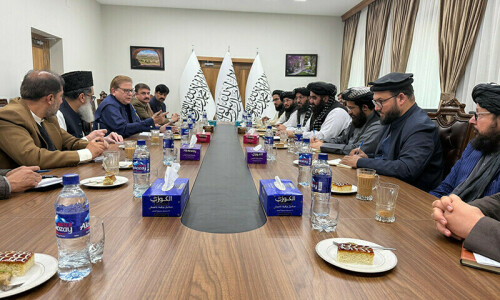
Dear visitor, the comments section is undergoing an overhaul and will return soon.